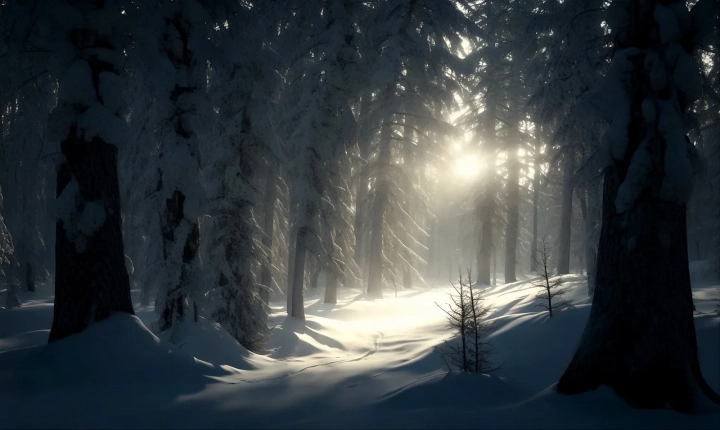AI, or artificial intelligence, has made significant strides in various fields, including art. While advancements in AI continue to be celebrated, there is a growing concern about how this technology is being used to “steal” art – both in terms of replicating existing works and creating new pieces.
One of the most controversial ways AI is “stealing” art is through the creation of perfect replicas of famous paintings. Using algorithms and image recognition technology, AI can analyze and recreate famous artworks with remarkable precision. This has raised questions about the authenticity and value of art, as these AI-generated replicas blur the line between original and copy.
Furthermore, AI has also been used to imitate the styles and techniques of famous artists, creating new pieces that closely resemble the works of renowned painters. While this may be viewed as a form of flattery or homage, it has also sparked debates about the originality and creativity of AI-generated art.
Another concern is the potential for AI to infringe on copyright and intellectual property rights. With its ability to scan and analyze vast amounts of visual data, AI can inadvertently or deliberately produce works that closely resemble copyrighted art, leading to legal disputes and challenges in enforcing copyright laws.
The rise of AI-generated art also poses challenges for the art market, as collectors and buyers must now contend with the possibility of counterfeit AI-generated pieces slipping into the market. This raises questions about how to authenticate and value AI-generated art and whether it should be considered on par with traditional art forms.
Moreover, the impact of AI-generated art on the livelihoods of human artists cannot be overlooked. As AI continues to produce sophisticated and compelling artwork, there is a fear that it may devalue the contributions of human artists and diminish their opportunities for recognition and success in the art world.
Despite these concerns, AI has also been embraced as a tool for enhancing creativity and pushing the boundaries of traditional art forms. Artists and designers are using AI as a collaborative partner, leveraging its capabilities to explore new artistic expressions and create innovative works that would not have been possible otherwise.
In response to the challenges posed by AI-generated art, there is a growing call for transparency and ethical guidelines in the use of AI in the art world. This includes advocating for clear labels to differentiate AI-generated art from human-created art, as well as establishing frameworks for protecting intellectual property and respecting the rights of artists.
Ultimately, the emergence of AI in the art world has reignited discussions about the nature of creativity, originality, and the evolving role of technology in artistic expression. As AI continues to evolve, it is essential to address the ethical, legal, and cultural implications of its impact on the art world, ensuring that it contributes to the advancement of art while preserving the integrity and value of human creativity.
